Factors Influencing Renewable Energy Project Management Success
VerifiedAdded on 2022/11/24
|26
|4107
|348
Report
AI Summary
This report presents an analysis of factors influencing renewable energy project management, based on a survey of 200 participants. The study examines various aspects, including participant demographics, project management criteria, and factors related to project integration, scope, time, quality, cost, human resources, communication, procurement, risk, and stakeholders. Key findings reveal that 'Support for Top Management' is the main criteria for success in Project Management, 'Monitor and Control of Project Work' is the main critical factor of success with respect to Project Integration, and 'Control of Project Scope' is the main critical factor of success with respect to Project Scope. Furthermore, 'Estimate Activity Resources and Duration' is the main critical factor of success with respect to Project Time Management, 'Audit and Control Project Requirement, and Quality Checklist' are the main critical factors of success with respect to Project Quality Management, 'Estimation of Project Cost and Budget' is the main critical factor of success with respect to Project Cost Management, 'Identifying Project Roles Responsibilities and Required Skill' is the main critical factor of success with respect to Project Human Resource Management, 'Application of Information Management System' is the main critical factor of success with respect to Project Communication, 'Procurement Inception and Audit' is the main critical factor of success with respect to Project Procurement, 'Risk Probability and Impact Assessment' is the main critical factor of success with respect to Project Risk, and 'Well-defined Stakeholder Management Plan' is the main critical factor of success with respect to Project Stakeholders. The report provides detailed tables and figures illustrating participant responses and highlights key factors for project success in Oman.
1 out of 26

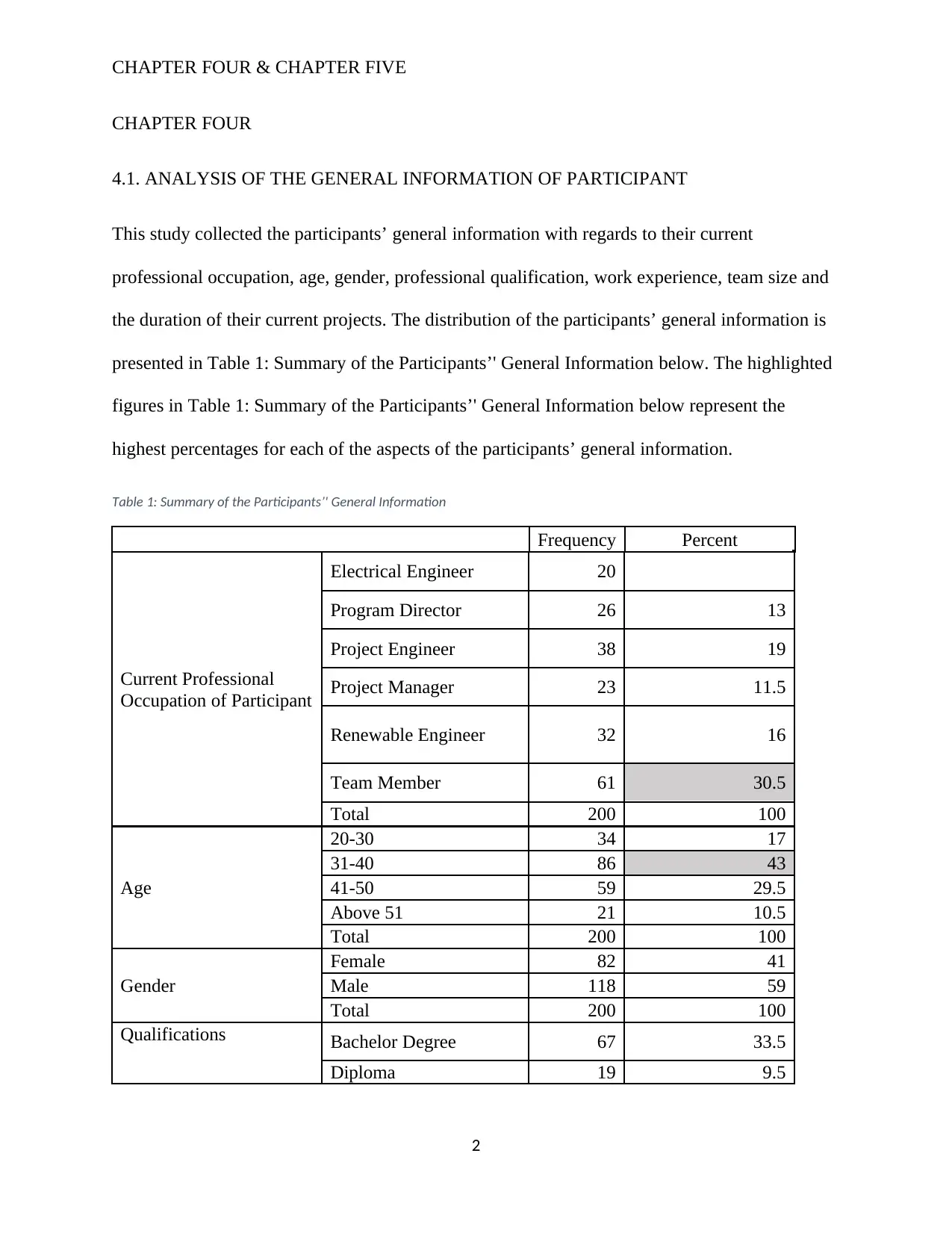
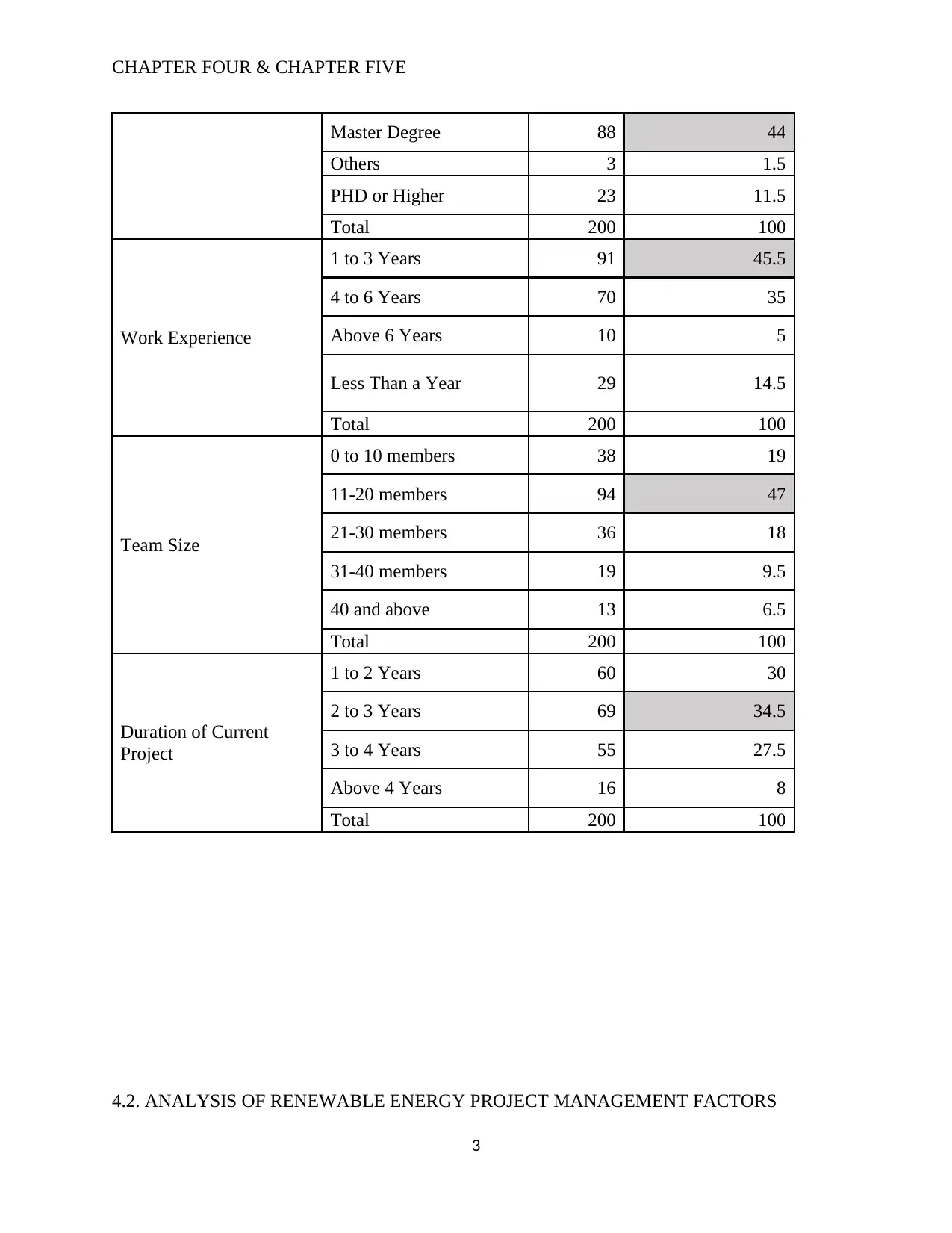

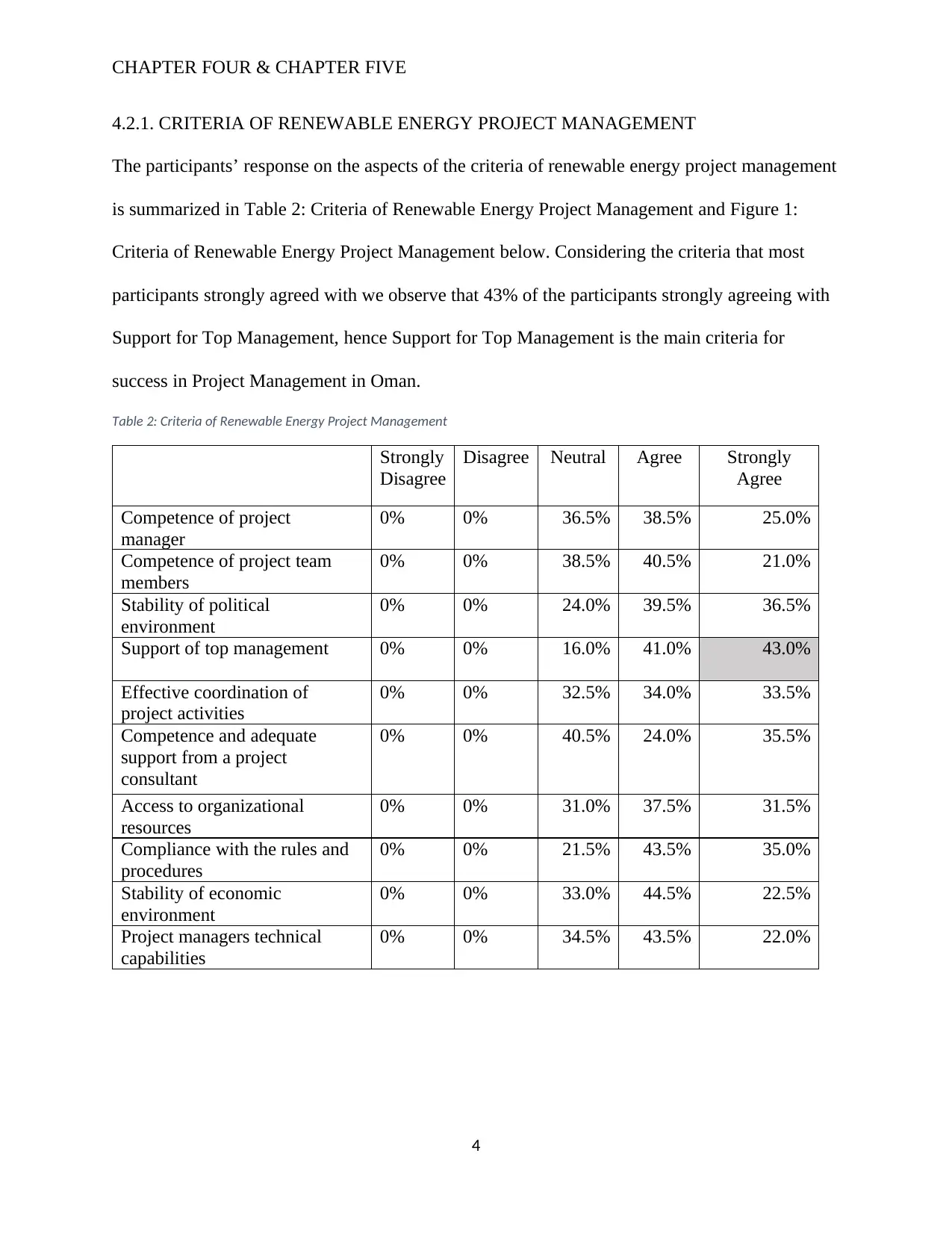
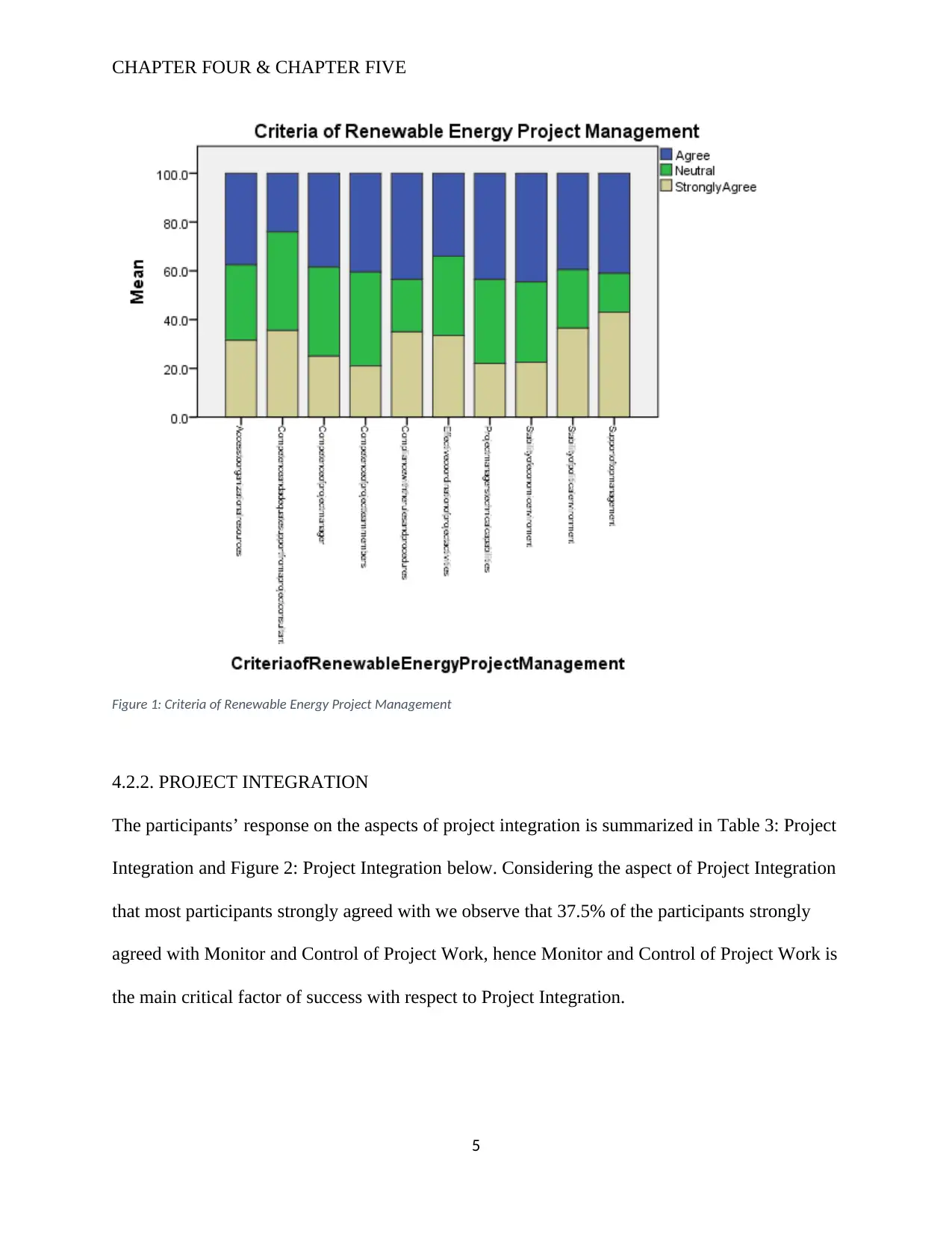
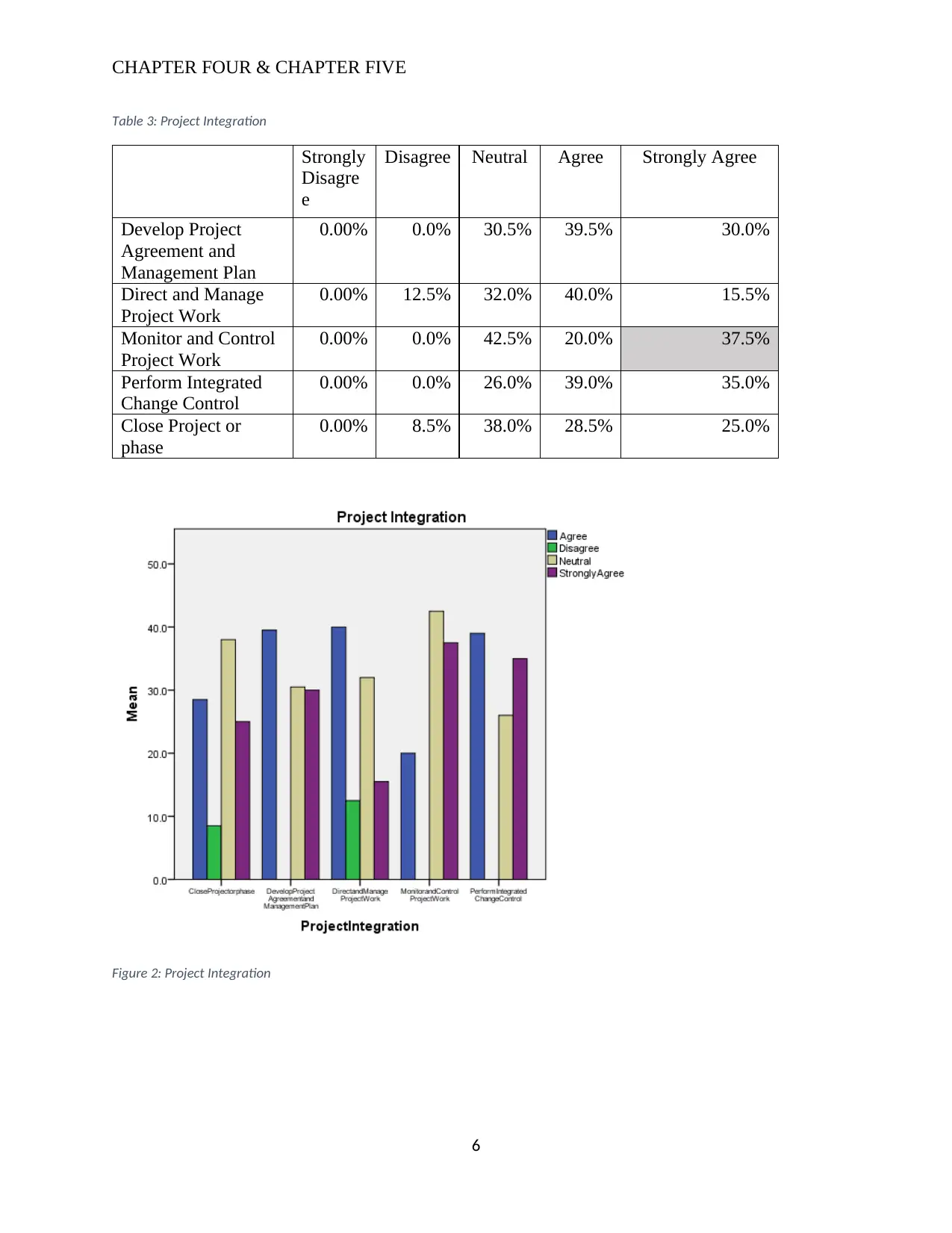
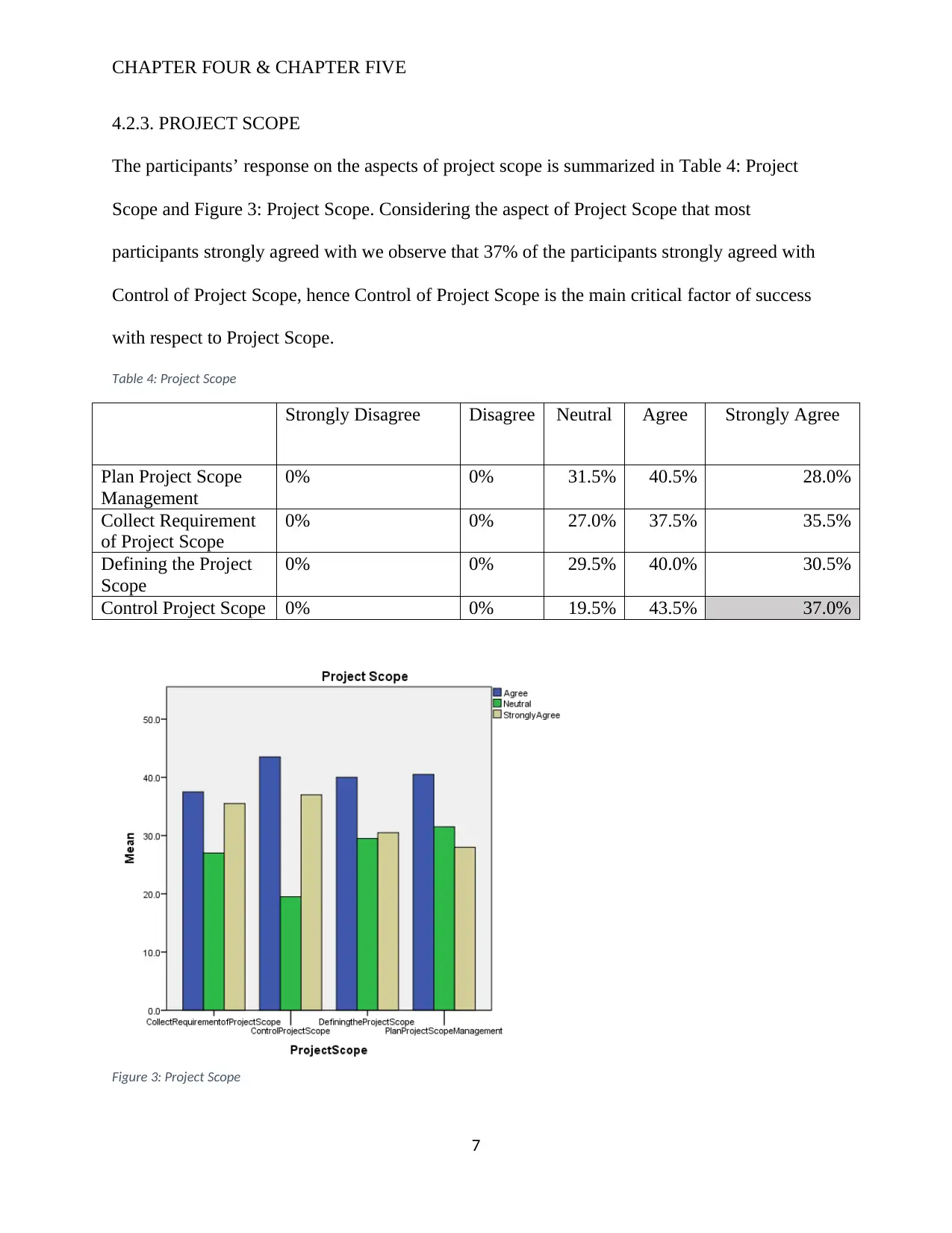
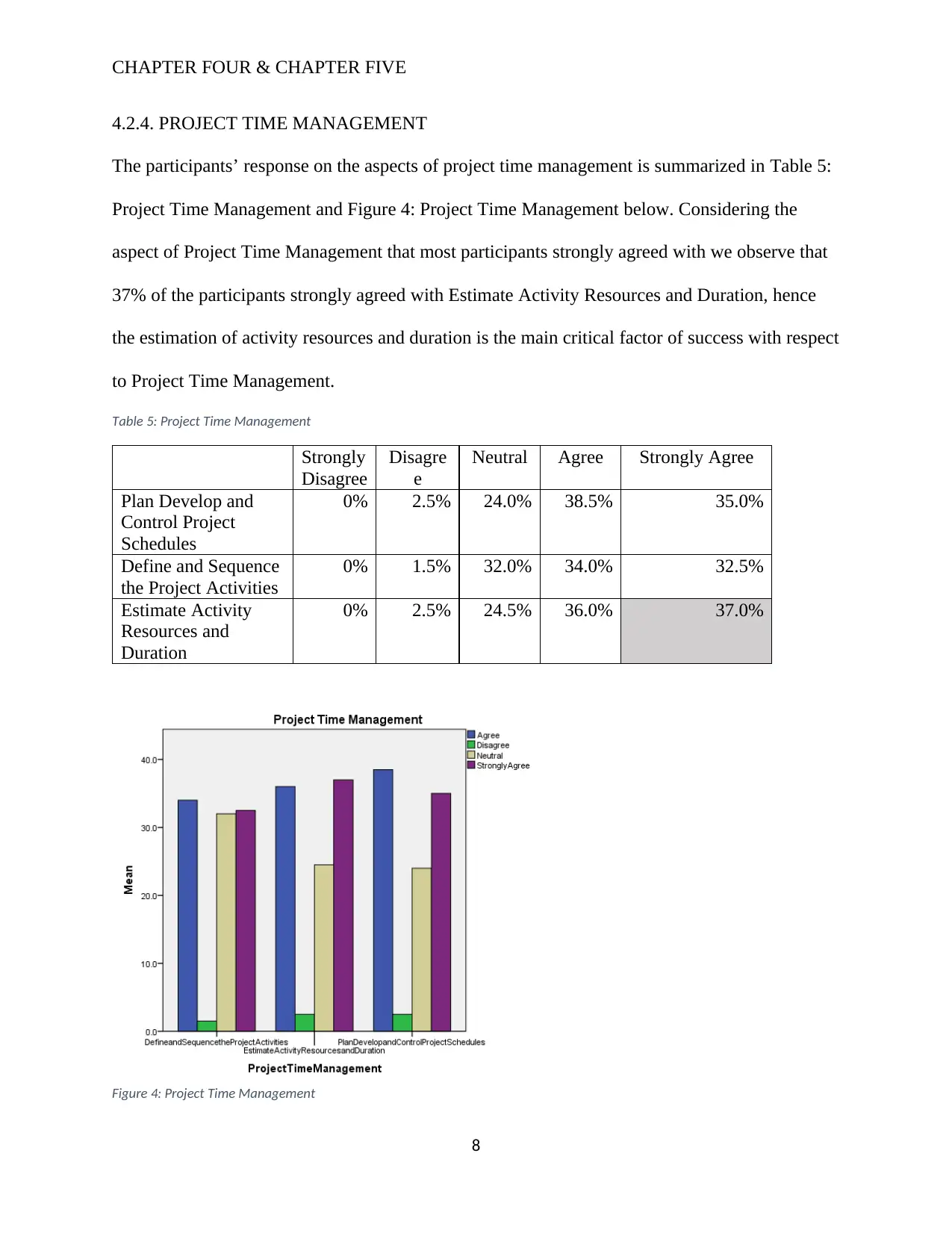
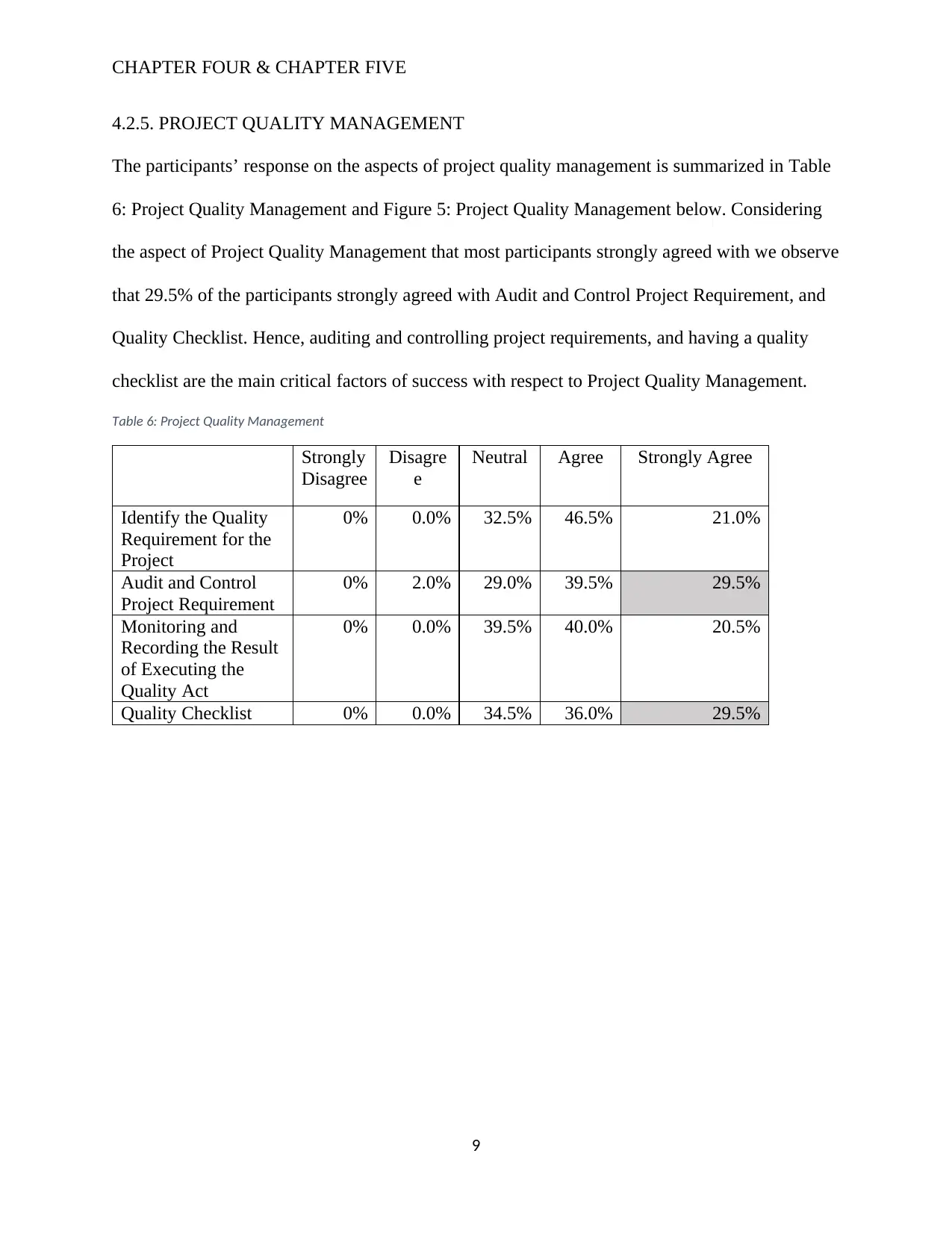
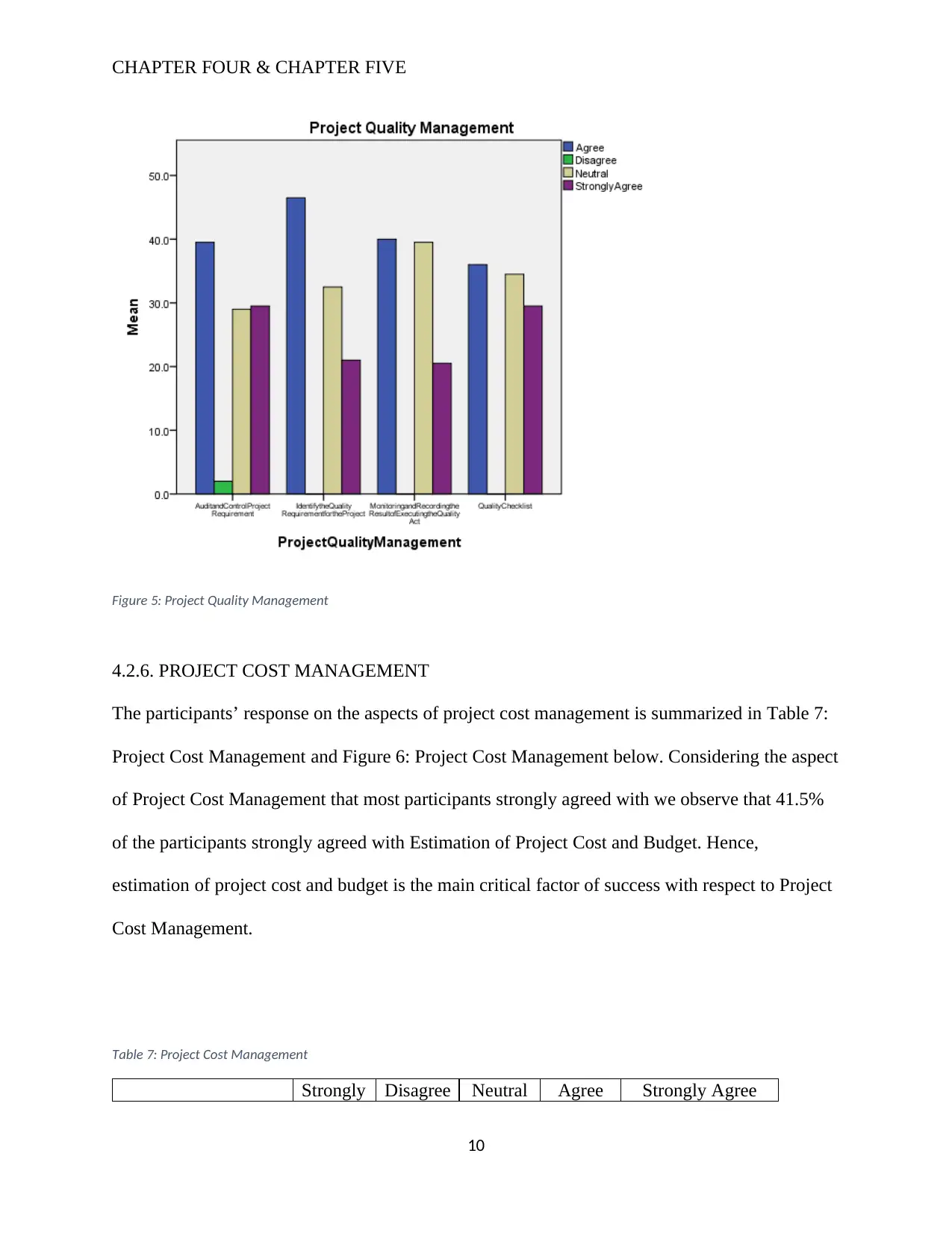
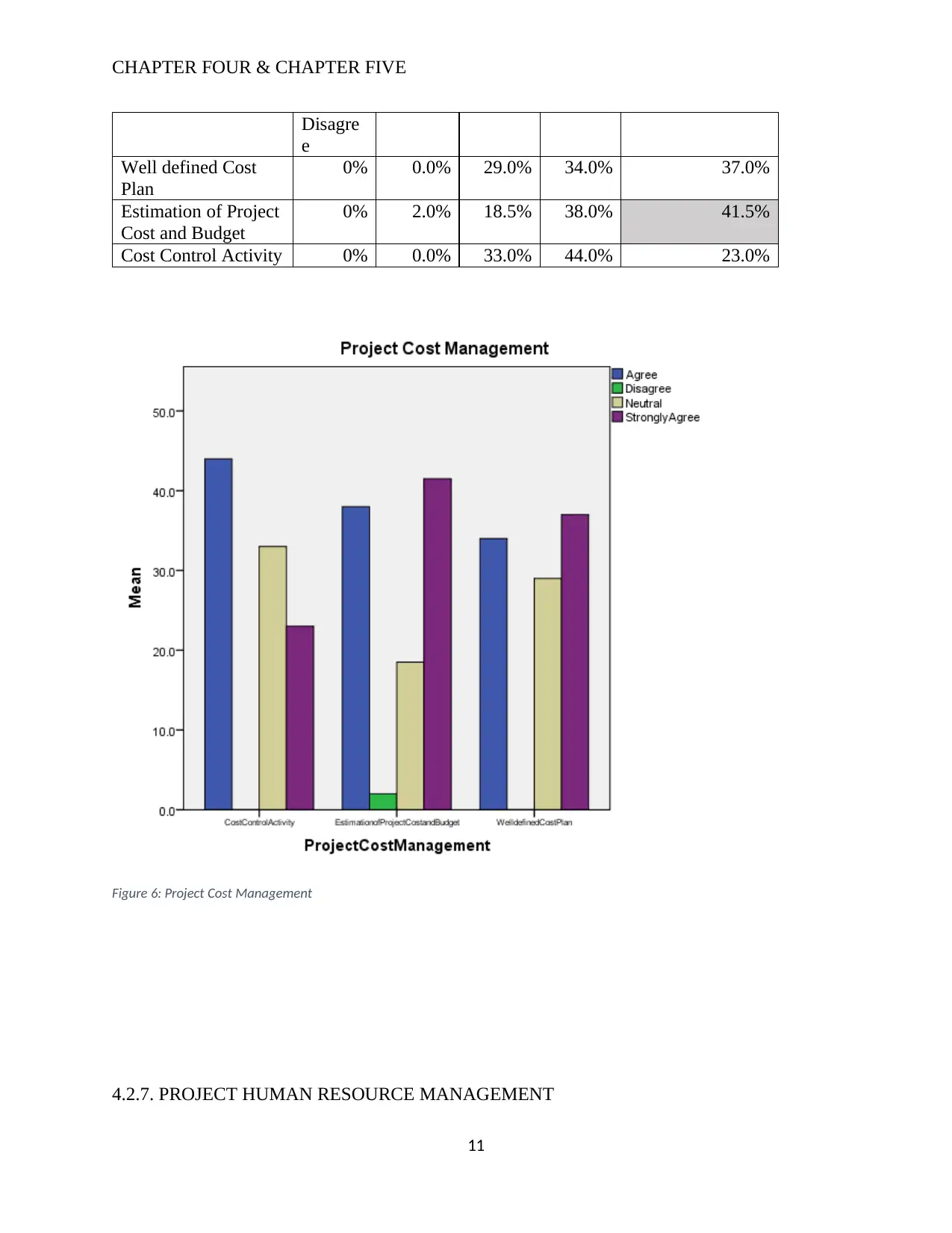
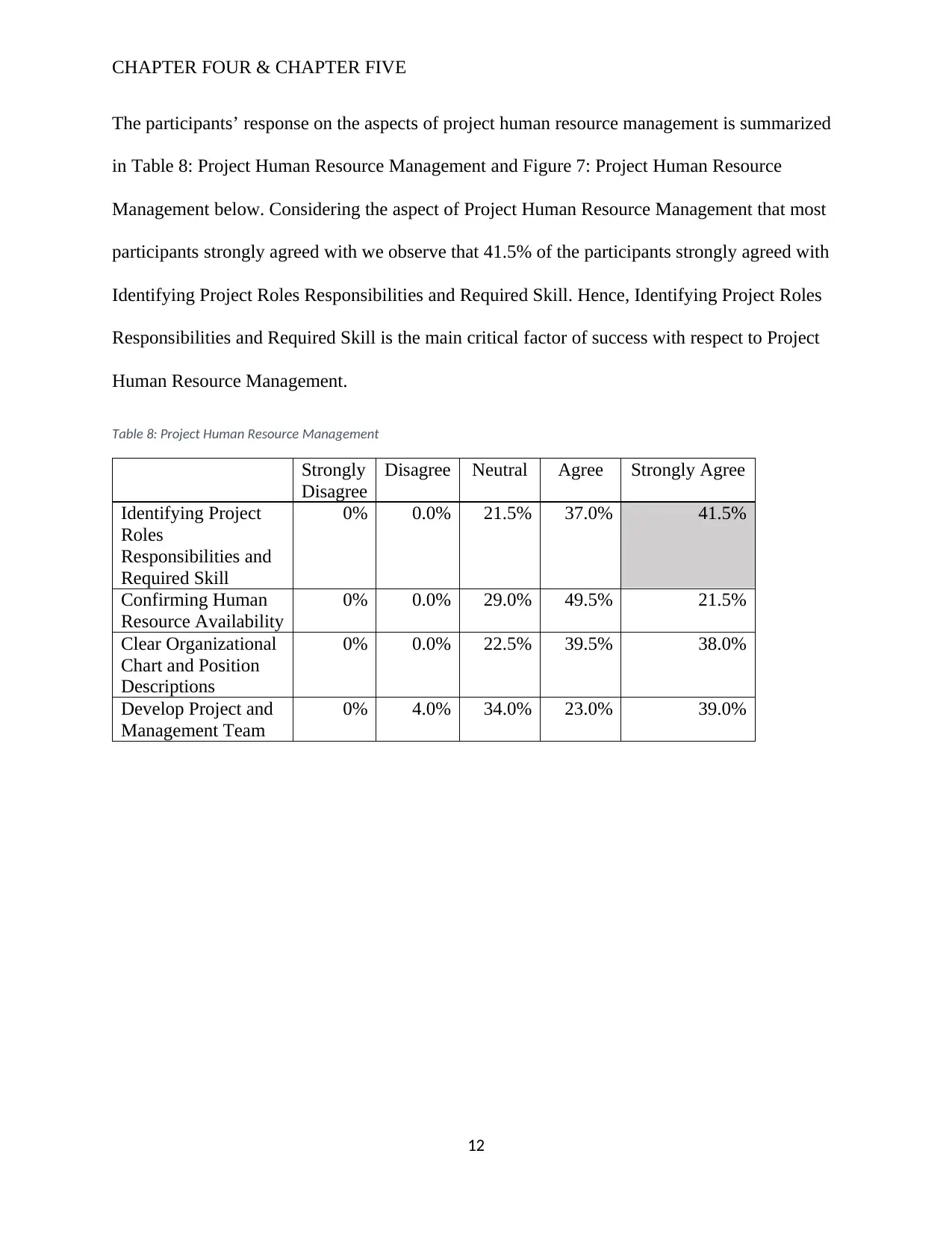
![[object Object]](/_next/static/media/star-bottom.7253800d.svg)